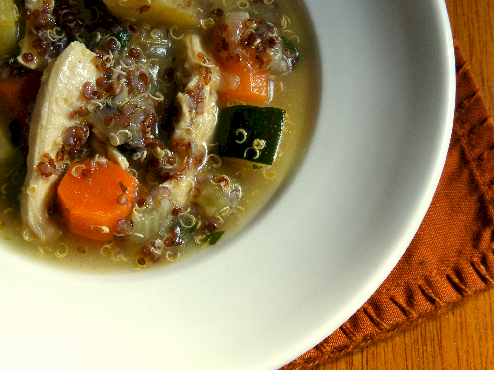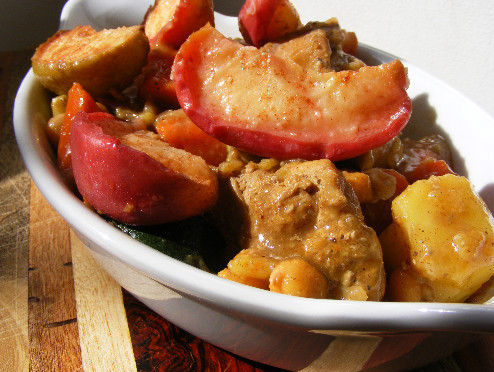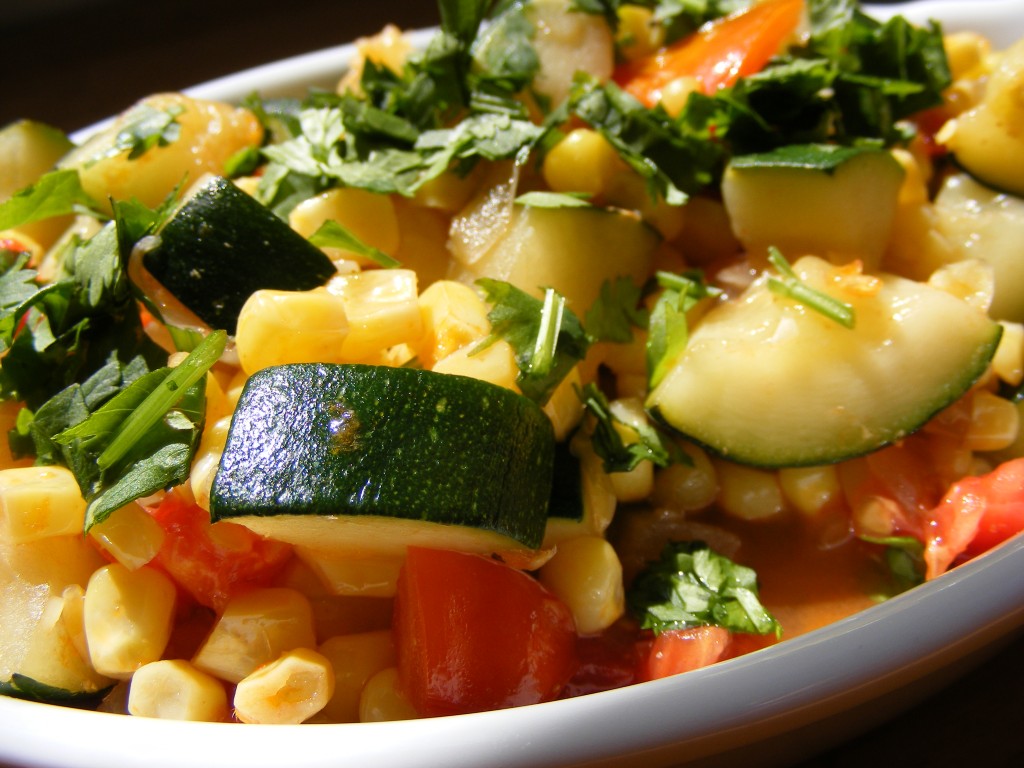Chicken Soup: Peruvian Chicken Quinoa Soup – Caldo de Gallina con Quinoa
Sunday, January 9th, 20112010 went out with a bang. A big one: I ended the year with a nasty cold (that has just finally run its course) and then injured my foot, which will take longer to recover.
For the last several weeks, I’ve been feeling a bit blue inside and out. So, what better a remedy than chicken soup? It’s not poshy. It’s real food – food you eat when you need something nutritional and comforting.
Caldo de gallina con quinoa (chicken soup with quinoa) was the first meal I ate in Cuzco, Peru. The city is the primary entry point for all the folks like me who set out to visit Machu Picchu and sits at about 11,000 feet in altitude, which means it gets chilly at night. The chicken soup was memorable, however, the alpaca that I also ordered was not.
This Peruvian chicken soup is a brothy fix that will take away the chill, clear the head and sinuses, and soothe your soul. It’s also packed with protein since it has chicken and the “Mother Grain” – quinoa. Read more about the history of quinoa and its nutritional benefits in my previous post.
It’s the perfect time of year for chicken soup. Have a happy and healthy 2011!
Also, if you love the outdoors or if you appreciate architecture, Machu Picchu is a must see. If you’re up for it, I’d also recommend hiking the Inca Trail to get there. It makes the journey to this sacred place – even more spectacular. My husband and I, along with two friends, made this journey in 2006 – with some unexpected adventure (but, that’s another story).












